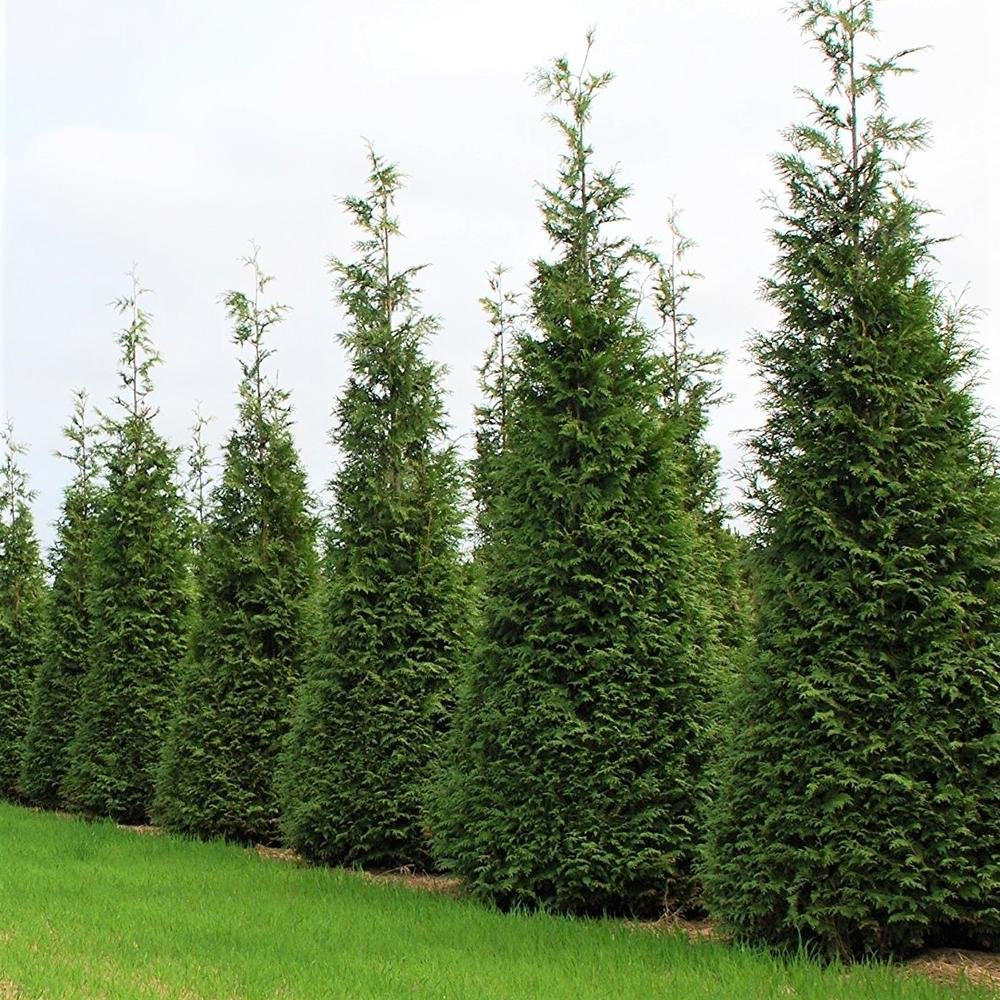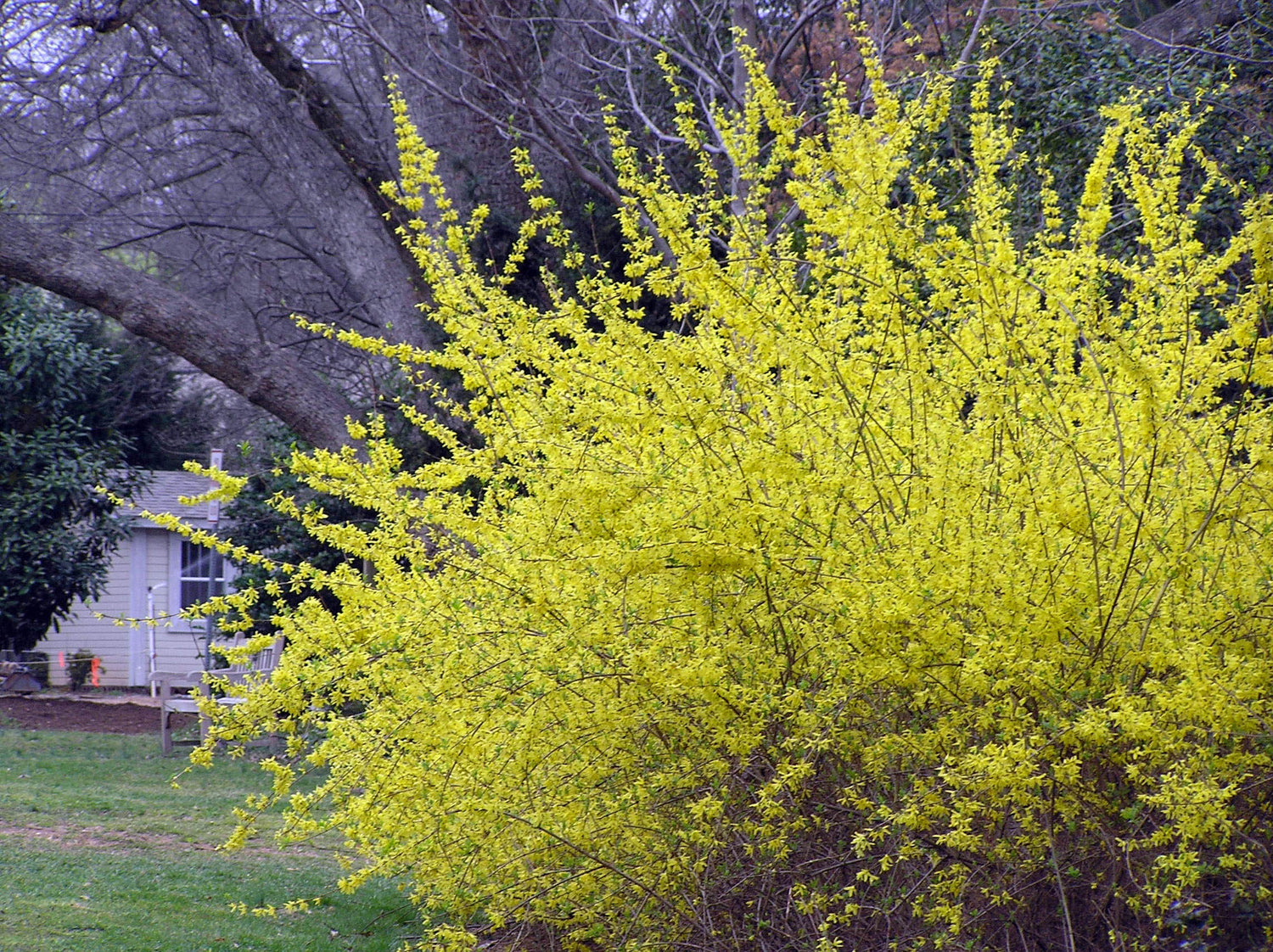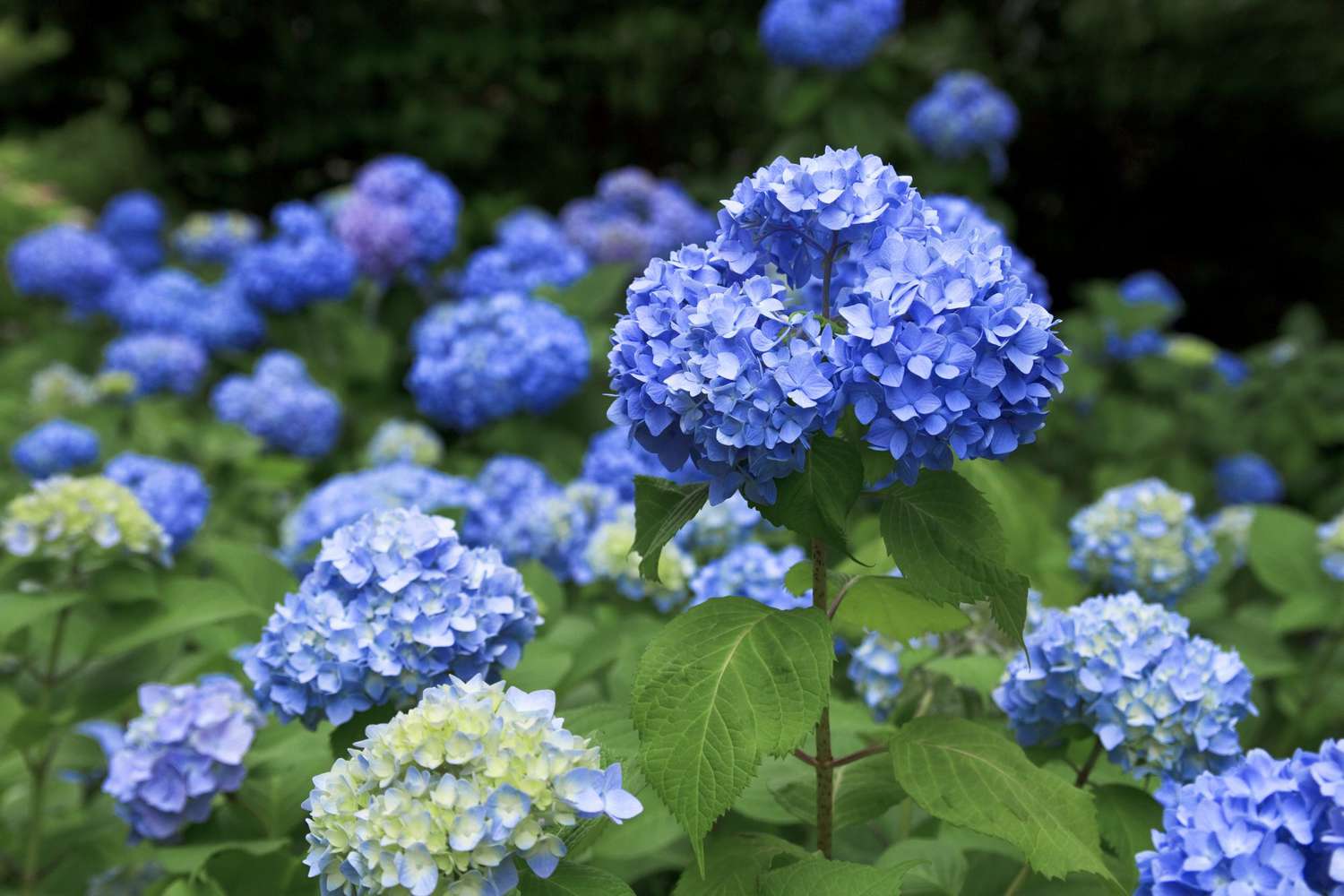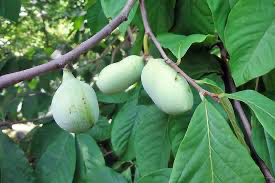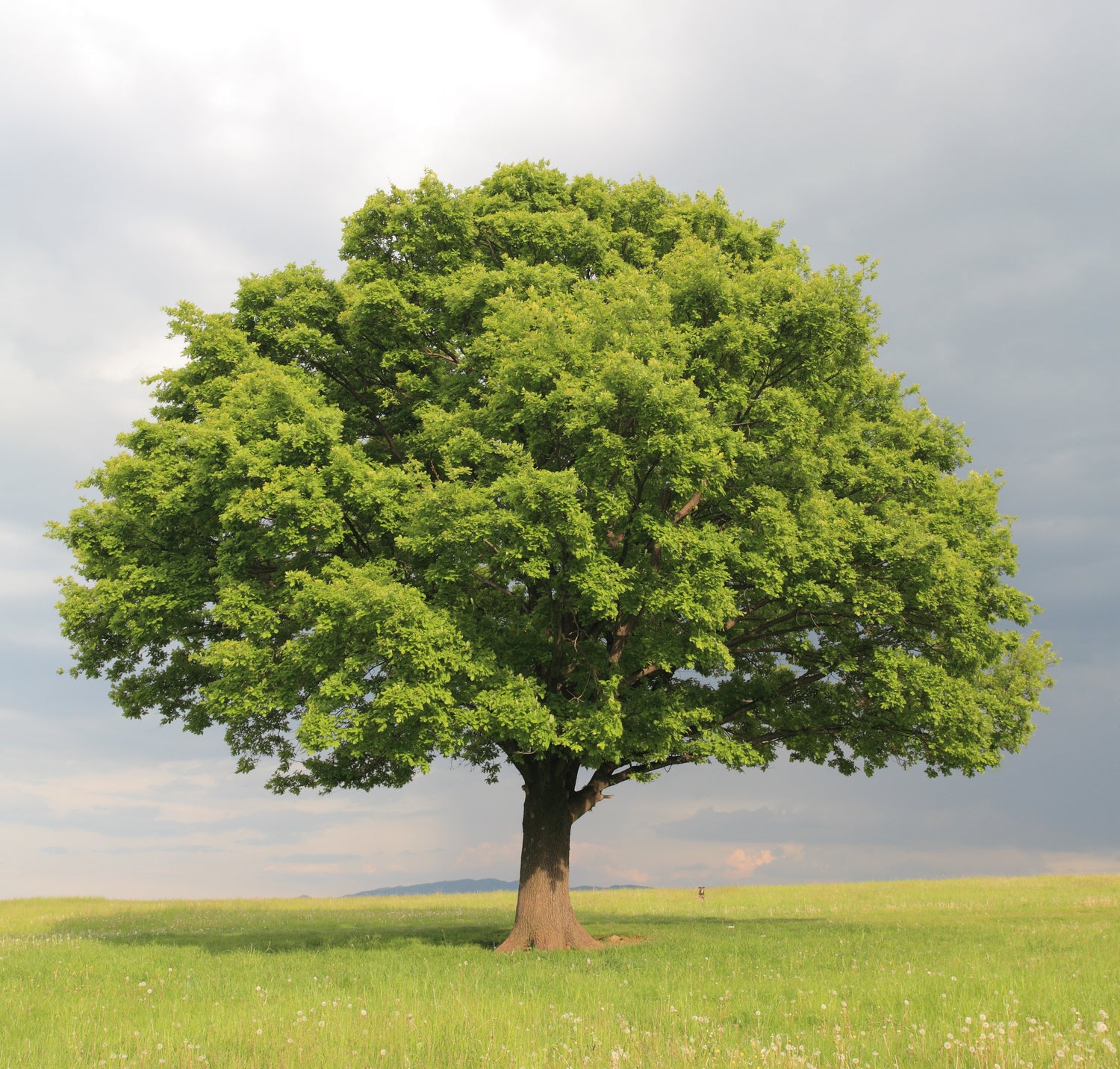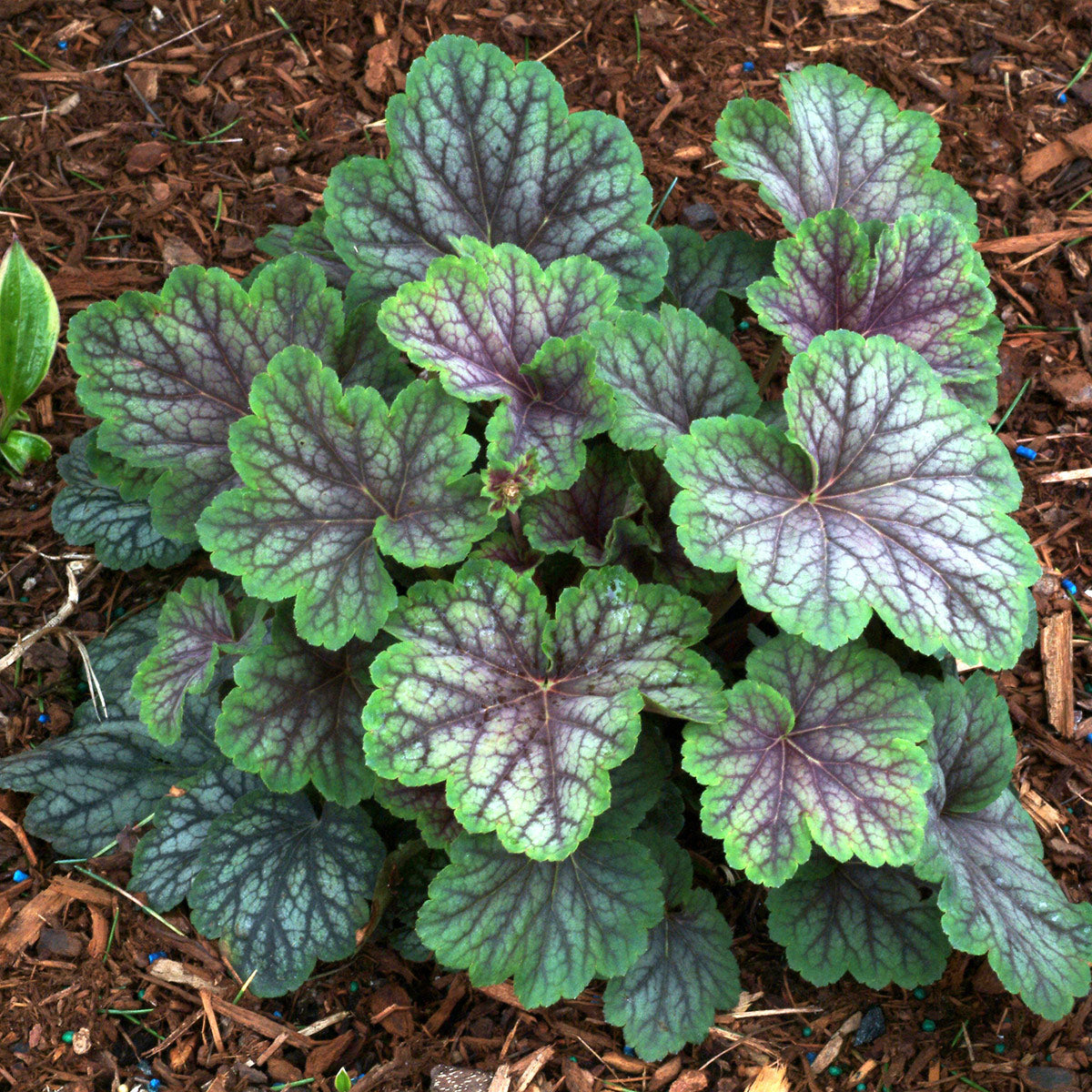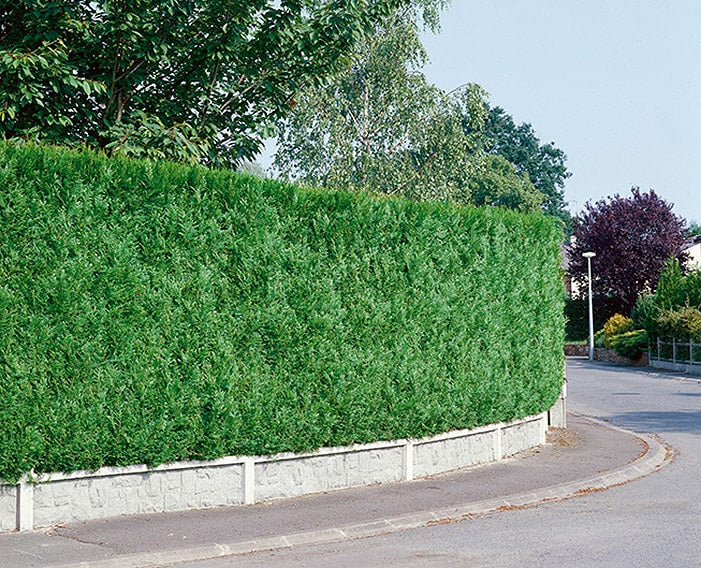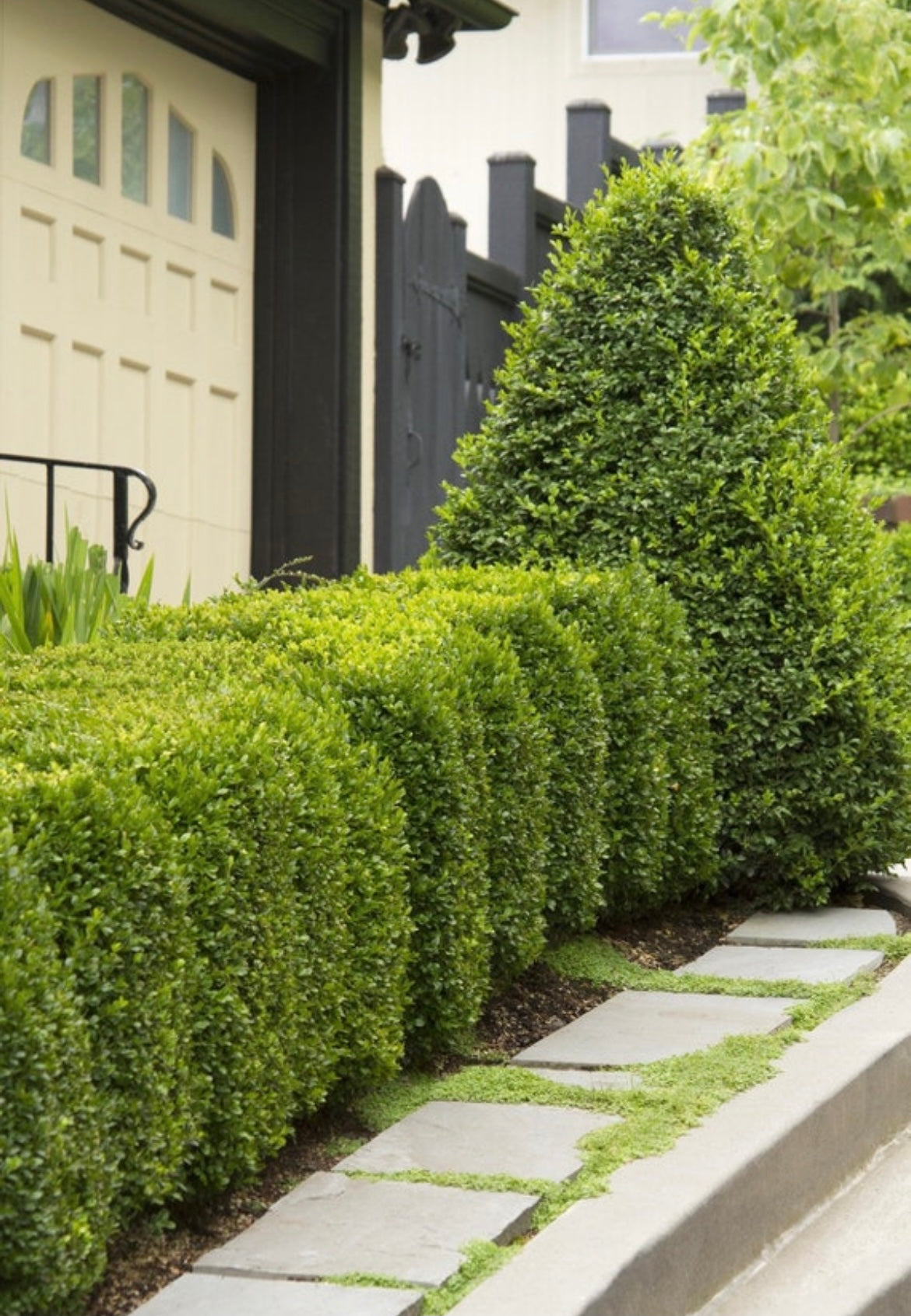The Importance of Trees
Trees are an indispensable part of our environment and our lives. From providing oxygen to offering shade on a hot day, trees contribute to our well-being in countless ways. They enhance air quality, support mental health, and provide numerous economic and social benefits. This article explores the myriad advantages of trees, demonstrating how integral they are to our health, environment, and communities.
For those looking to enhance their surroundings, exploring a variety of trees and plants can make a significant difference. Check out the selection of deciduous trees and evergreen trees to get started.

Environmental Benefits of Trees
Air Quality Improvement and Climate Regulation
Trees play a crucial role in improving air quality by absorbing pollutants and releasing oxygen. This natural process helps reduce respiratory problems and other pollution-related diseases. Additionally, trees act as carbon sinks, sequestering carbon dioxide and mitigating the effects of climate change. By stabilizing soil and preventing erosion, trees protect the land and promote biodiversity by providing habitats for various wildlife species.
For those looking to enhance their environment, consider browsing a variety of deciduous trees and evergreen trees that can significantly improve air quality and beautify your space.
Health Benefits of Trees
Physical Health Benefits
Trees not only benefit the environment but also have a significant impact on our physical health. Improved air quality leads to better respiratory health by reducing the prevalence of pollution-related diseases such as asthma and bronchitis. The presence of trees in urban areas can also help mitigate the heat island effect, lowering temperatures and reducing heat-related illnesses.
Mental Health Benefits
Exposure to nature and green spaces has been shown to reduce stress, improve mood, and enhance overall mental well-being. Urban trees are particularly important, providing a natural remedy to the hustle and bustle of city life. The calming effect of green spaces can promote relaxation, reduce anxiety, and improve mental health.
Adding flowering plants to your garden can elevate your space with vibrant blooms, contributing to a calming and aesthetically pleasing environment.
Economic Benefits of Trees
Property Value and Energy Savings
Planting and maintaining trees also offer significant economic advantages. Properties with well-maintained trees often have higher market values, making them more attractive to potential buyers. Trees provide natural shade and windbreaks, which can reduce the need for artificial cooling and heating, leading to substantial energy cost savings. Additionally, the presence of trees in urban areas can contribute to increased business activity and tourism.
Furthermore, the forestry and landscaping industries create numerous jobs, contributing to the local and national economy. Investing in trees not only beautifies your property but also offers long-term financial benefits.
Transform your landscape quickly and efficiently with fast-growing trees and plants that can boost your property's value and curb appeal.
Social and Community Benefits of Trees
Building Community and Enhancing Social Interaction
Trees foster a sense of community and social interaction. Public parks and green spaces where trees are plentiful offer a place for people to gather, exercise, and enjoy recreational activities. These spaces promote community well-being and can reduce crime rates by creating pleasant environments where people feel safer and more connected.
Trees also provide opportunities for educational and cultural activities, such as nature walks and environmental education programs, fostering a greater appreciation for nature and sustainability among community members.
For those who desire more privacy and a serene outdoor space, privacy screening trees are a great option to consider.
Trees and Ecosystem Services
Supporting the Ecosystem and Agriculture
Trees provide essential ecosystem services that support life on Earth. They play a crucial role in regulating the water cycle by absorbing and storing rainfall, reducing the risk of floods and maintaining water quality. Trees also improve soil fertility by adding organic matter through leaf litter and root decay, which enhances soil structure and nutrient availability.
Moreover, trees support pollination by providing habitats for bees, birds, and other pollinators essential for food production. The presence of trees in agricultural landscapes can increase crop yields and contribute to sustainable farming practices.
If you're interested in contributing to local food production, consider planting food trees that provide both environmental and nutritional benefits.
Challenges and Solutions in Tree Conservation
Addressing Deforestation and Urban Sprawl
Despite the numerous benefits trees provide, they face significant threats from deforestation, urban sprawl, and climate change. Deforestation leads to loss of biodiversity, disruption of ecosystems, and increased greenhouse gas emissions. Urban expansion often results in the removal of trees to make way for buildings and infrastructure, reducing green spaces and their associated benefits.
To combat these challenges, it is crucial to promote tree conservation efforts. Sustainable forestry practices, urban tree planting initiatives, and policies aimed at protecting existing forests are essential. Communities can also get involved by participating in local tree planting events and supporting organizations dedicated to tree conservation.
Explore large trees and small trees that can be planted in various environments to help combat these challenges and support tree conservation.
The Future of Trees and Human Well-being
Trees are a vital part of our world, offering countless benefits to both people and the environment. From improving air quality and providing shade to boosting mental health and supporting ecosystems, the importance of trees cannot be overstated. By understanding how trees help people, we can better appreciate their value and work towards a greener, healthier future.
For more information and to explore a wide range of trees and plants that can enhance your surroundings, visit Weaver Family Farms Nursery. Discover the perfect additions to your garden and join the efforts in promoting a sustainable and beautiful environment.
Frequently Asked Questions
How Can I Best Use Mulch for My Trees?
Mulching is an excellent way to retain moisture, suppress weeds, and improve soil health around your trees. For detailed guidance on effective mulching, check out Your Ultimate Mulching Guide.
What Are the Last Frost Dates for Different Gardening Zones?
Knowing the last frost dates in your gardening zone is crucial for protecting your plants and ensuring successful growth. Learn more about frost-free gardening and find the last frost dates for your area in this comprehensive guide on Frost-Free Gardening.
Where Can I Find the Best Haskap Berry Plants for My Garden?
Haskap berries are nutritious and delicious, making them a great addition to any garden. Discover where to find the best Haskap berry plants and tips for growing them in this article.
How Can I Create Natural Privacy Screens with Golden Globe Arborvitae?
Creating natural privacy screens with trees like the Golden Globe Arborvitae can enhance your landscape and provide seclusion. For a step-by-step guide on how to create these beautiful privacy screens, read Creating Natural Privacy Screens with Golden Globe Arborvitae.







